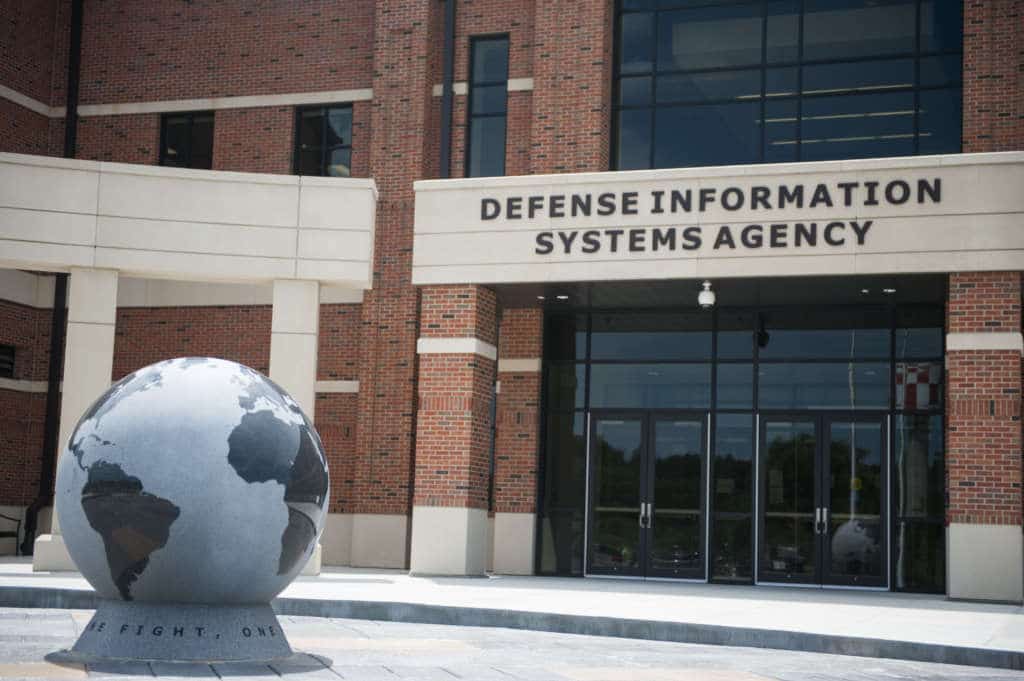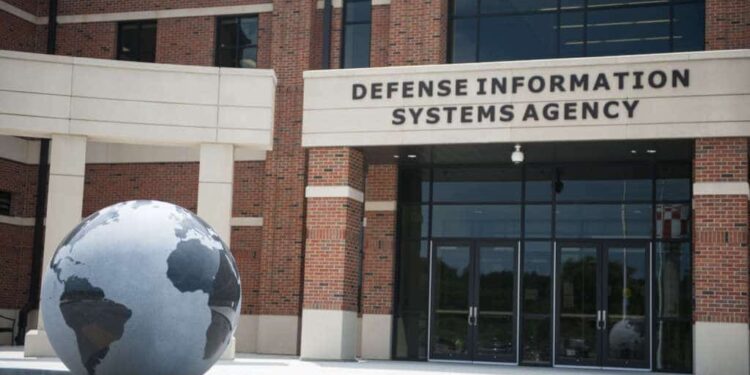
The Defense Information Systems Agency is rolling out a digital concierge for its workforce after nearly a year of development and testing, an agency official said Monday.
Dubbed “Concierge AI,” the platform leverages a retrieval-augmented generation model backed by a cloud-hosted large language model to help DISA’s workforce navigate various aspects of their job.
“We’ve learned a tremendous amount over the last year. We now have a functional system that we’re tuning. We’ve gotten permission to open it up within the agency — it will be internally focused,” Steve Wallace, DISA’s chief technology officer and director of emerging technology directorate, said during the DISA Forecast to Industry event.
“We are actively within the agency pursuing a number of use cases and hopefully starting to see the benefit of that.”
One of the platform’s first use cases will be a bot designed to help DISA’s staff sift through the agency’s vast collection of policies and instructions. The challenge, however, is making sure the bot delivers accurate and relevant answers from the agency’s hundreds of policies accumulated over the past 60 years.
“To give an example, a modern telework policy post-COVID versus the telework policy from 1954, when it was, ‘Bring your own typewriter.’ How do you make sure that the bot actually gives the right answer and doesn’t tell you to bring your typewriter home every day and that sort of thing. We’re interested to see how this plays out. A lot of this is for our own internal education,” said Wallace.
“There’s a lot of activity around the department right now with large language models. We’re certainly not looking to compete with any of that. The department doesn’t need duplication. The department needs focus. So we are actually working with a number of those as well to see how we can leverage them.”
Wallace said the agency is also testing how large language models can help with writing new code and modernizing legacy codebases. There is a sense of urgency for modernizing the systems that rely on outdated languages like COBOL since the workforce skilled in maintaining these systems will soon retire, leaving a gap in the historical knowledge needed to support these systems.
“These are places where we actually have the proof of concept in the lab. AI augmented software engineering is a place where we know we have something and we are starting to see how large language models can help. It’s become a lot more common in terms of the authoring of code. But is there a space in terms of code modernization? How do we actually help augment and improve that code?” said Wallace.
In addition to software engineering, the agency is exploring AI-driven bot detection to strengthen its cybersecurity defenses. The goal is to identify bot traffic early, allowing the agency to filter or block bots before they even reach any entry points.
“This one was pretty interesting. We’ve met with a couple of companies that talk about how they’re doing actual bot detection looking for the behavior of a bot versus a human and categorizing that so that perhaps we can just push bot traffic aside before we even let it hit some of the front doors,” said Wallace.
Meanwhile, Brian Hermann, DISA’s director of the cybersecurity and analytics directorate, said the agency is looking to AI to help it automate defensive cyber analysts’ daily activities. Hermann said up to 80 percent of those activities can be automated, but the agency is “not close at all” to reaching that level of automation.
Copyright
© 2024 Federal News Network. All rights reserved. This website is not intended for users located within the European Economic Area.







